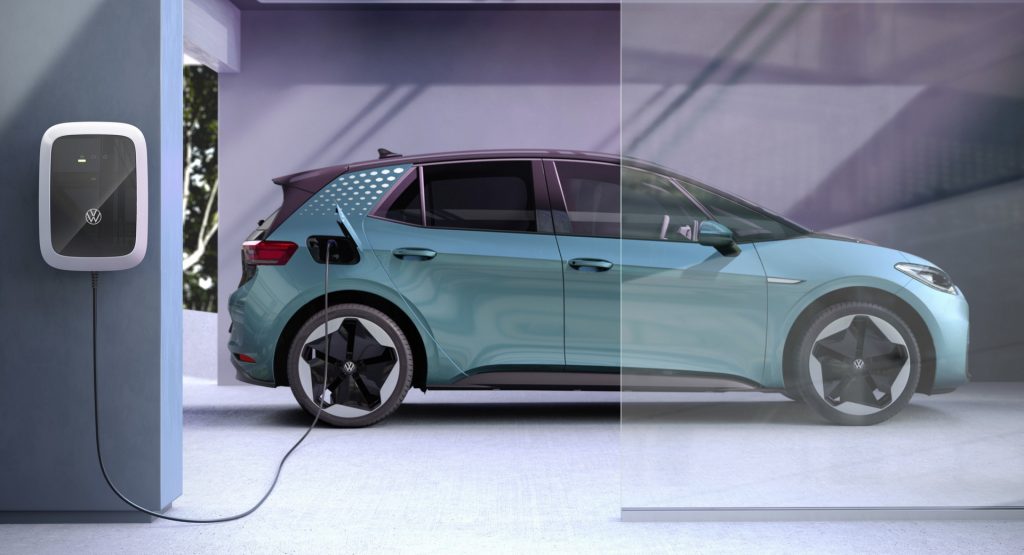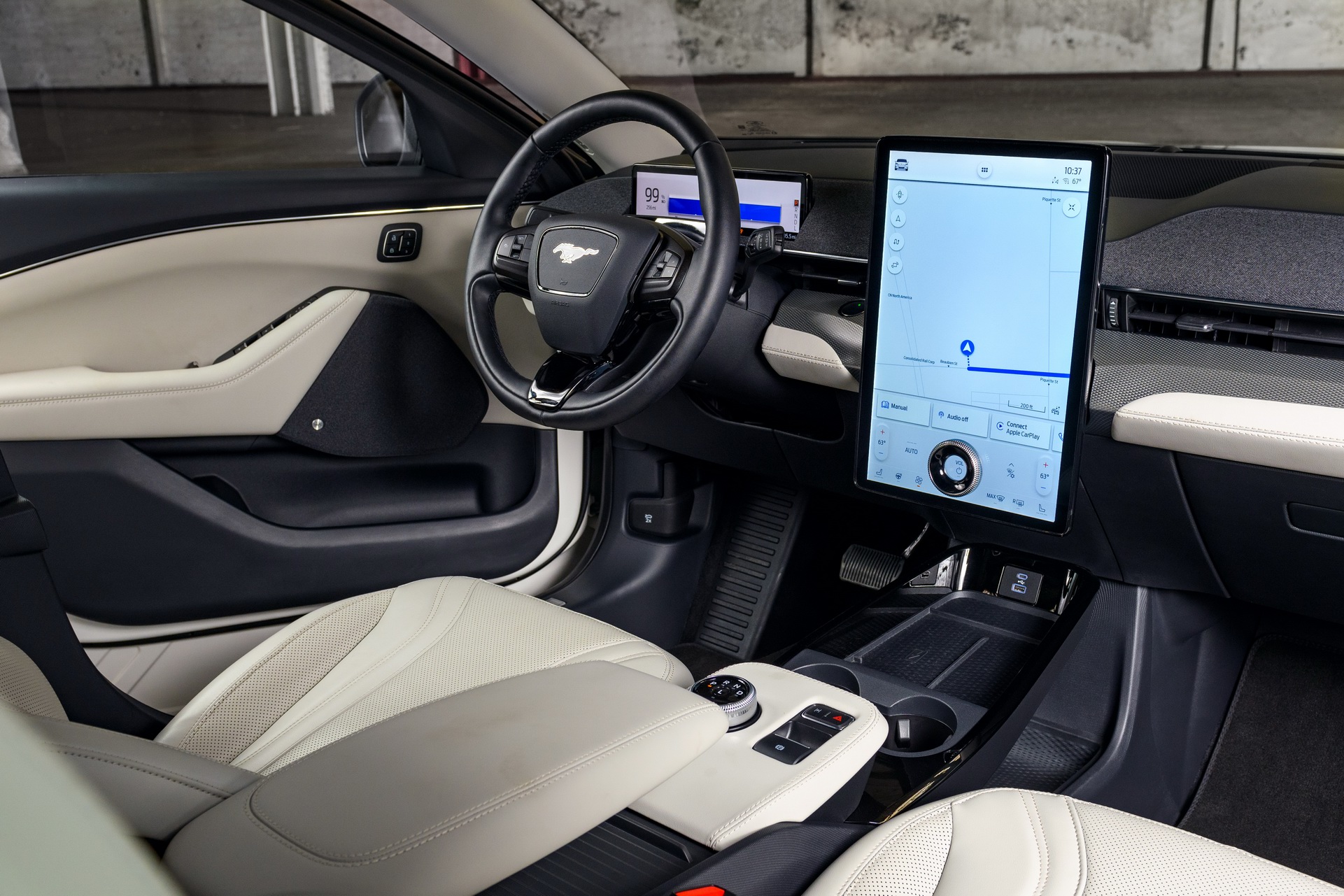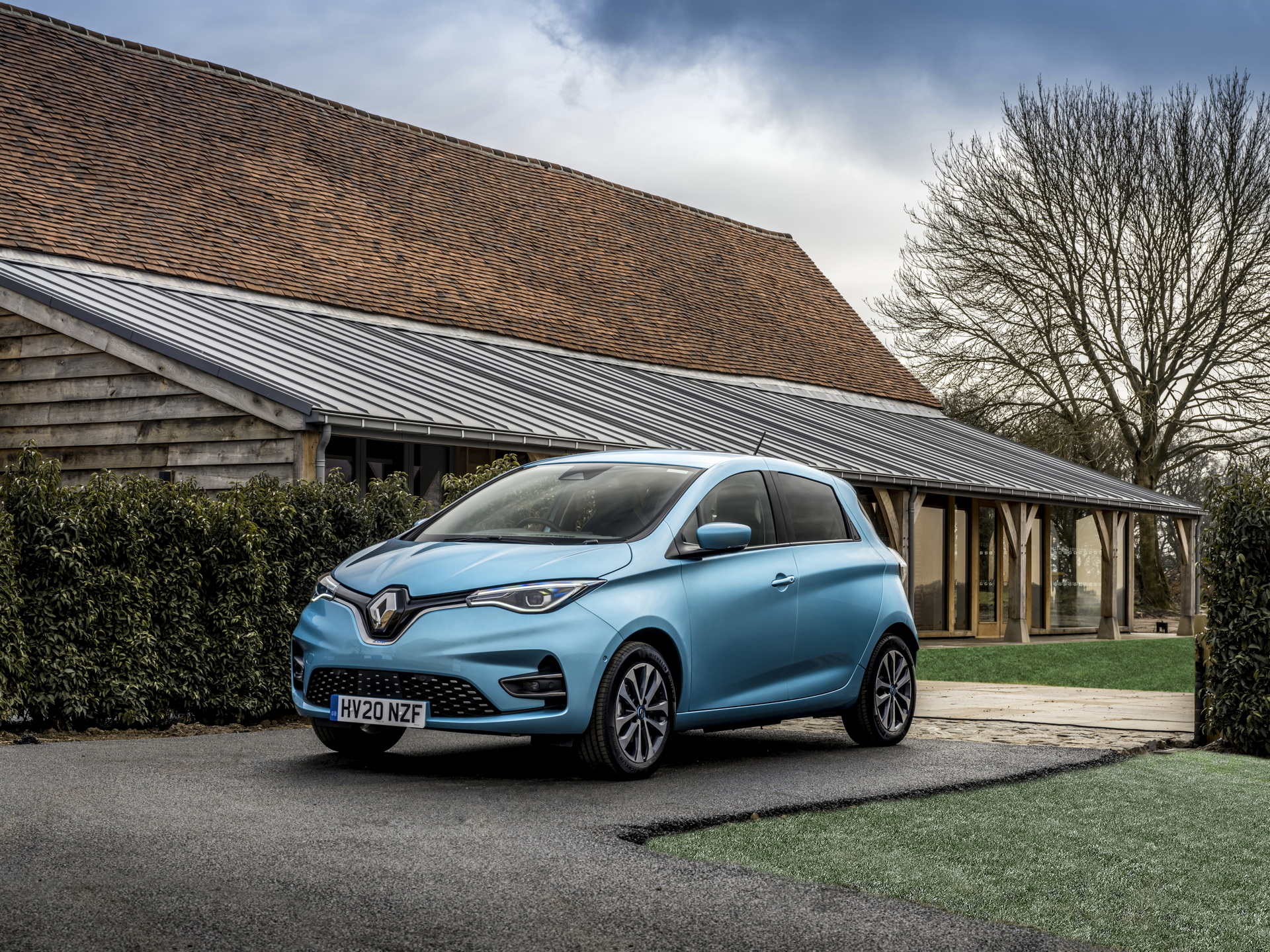Much has been said of electric vehicles’ lowered winter efficiency and as Germany’s ADAC shows, this is no urban legend. In the winter, all EVs consume considerably more energy than they do in warmer weather, with the VW ID.3 consuming particularly more.
In testing, Germany’s auto club ADAC found that the electric hatchback consumed 99 percent more energy on a 23 km (14-mile) trip at -7°C (19°F) than it did at 14°C (57°F). That made it the worst performer in that particular test by some margin. Others, like the Hyundai Kona Electric, the Ford Mustang Mach-E, and the Lexus UX300e consumed between 46 and 59 percent more during freezing temperatures.
Meanwhile, the Fiat 500e and the Renault Zoe performed better consuming just 34 to 44 percent more on the short cold-weather trip. It was, however, the length of the trip that tripped up the worst performers the most.
Read Also: Ford F-150 Lightning Tackles Icy Alaska Ahead Of Its Launch This Spring
| Model / Range | at +14 °C / 57°F | at – 7 °C / 19°F | loss |
|---|---|---|---|
| Fiat 500e | 244 km / 152 miles | 182 km / 113 miles | 25% |
| Renault Zoe | 351 km / 218 miles | 244 km / 152 miles | 30% |
| Hyundai Kona electric | 215 km / 134 miles | 147 km / 91 miles | 32% |
| Ford Mustang Mach-E | 300 km / 186 miles | 202 km / 126 miles | 33% |
| Lexus UX300e | 224 km / 139 miles | 141 km / 88 miles | 37% |
| Nissan Leaf e+ | 332 km / 206 miles | 210 km / 130 miles | 37% |
| VW ID.3 | 324 km / 201 miles | 162 km / 101 miles | 50% |
Source: ADAC
The ID.3, for instance, features a heat pump designed to bring the battery up to its ideal operating temperature of between 20°C and 40°C (68°-104°F). This system consumes the most energy as it is attempting to bring the battery up to temperature early on in a journey. Once the battery is warm, it consumes much less energy and improves efficiency.
Volkswagen is planning to introduce a software update in order to improve the efficiency of the ID.3, ADAC reports, but even on longer drives of 100 km (62 miles) at varying speeds, cold weather still affected battery performance. For instance, it consumed 30 percent more power at 0°C (32°F) than it did at 20°C (68°F). The Renault Zoe and the Peugeot e-208, meanwhile, consumed just 21 percent more power.
All of which certainly means that drivers can expect worse range in the winter than they do in the summer. ADAC, though, says that there are some ways to help your car out. Parking it indoors, for example, helps avoid the extreme colds while preheating a battery when it’s plugged in means that you can have your increased efficiency without affecting your range.
While in the car, it recommends using seat and steering wheel heating rather than the air if you’re really trying to improve mileage, since those systems deliver heat more efficiently. If you do want to heat the air, though, you can use the recirculation button to help reduce the impact on battery power.
Regardless, if you’re stuck in a big traffic jam or snowstorm, ADAC says you actually don’t have to worry about being in an EV. In temperatures of -9°C to -14°C (16°F to 7°F), it found that the Renault Zoe’s 52 kWh battery could keep the cabin at a comfortable temperature for 17 hours.






